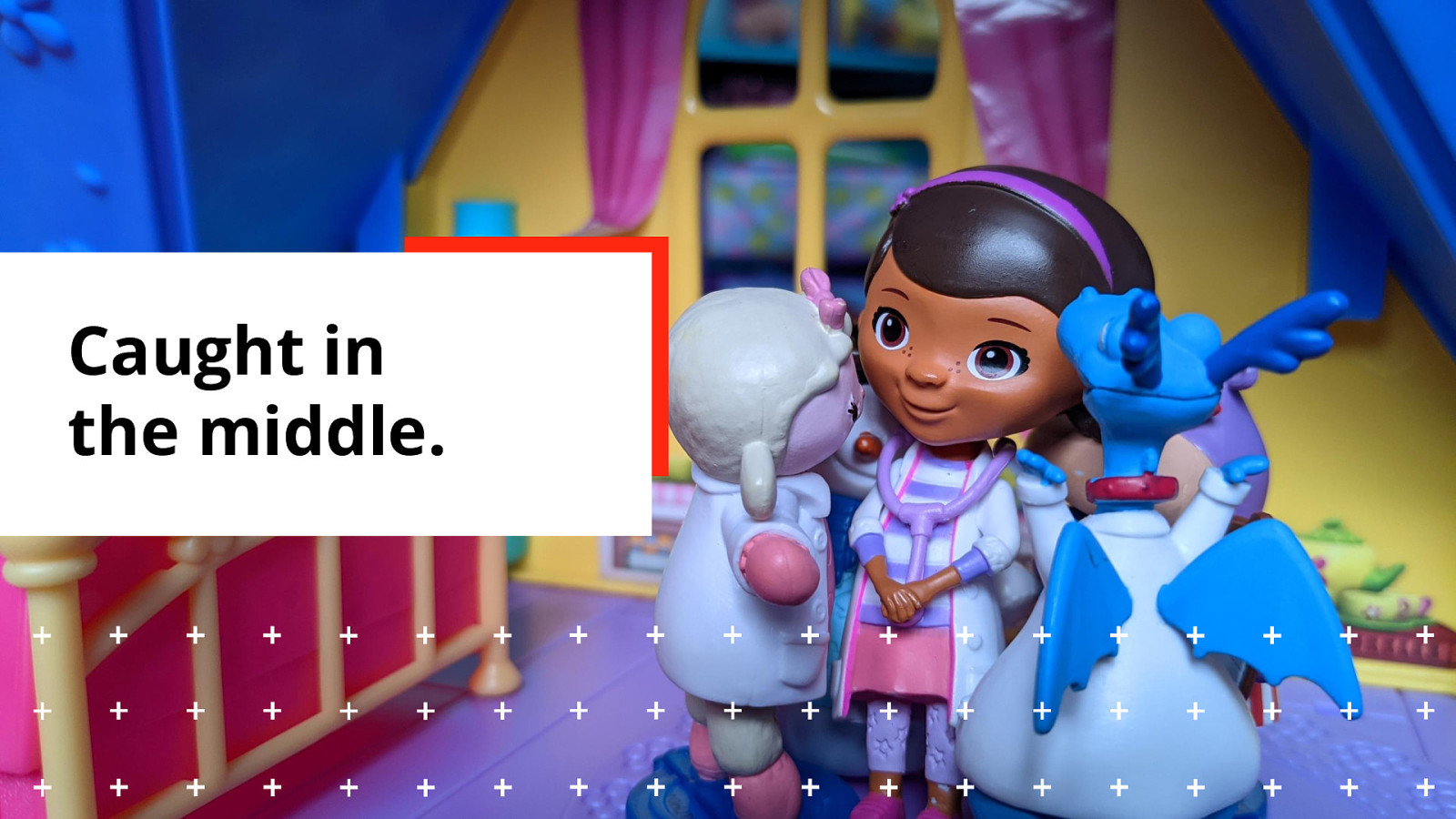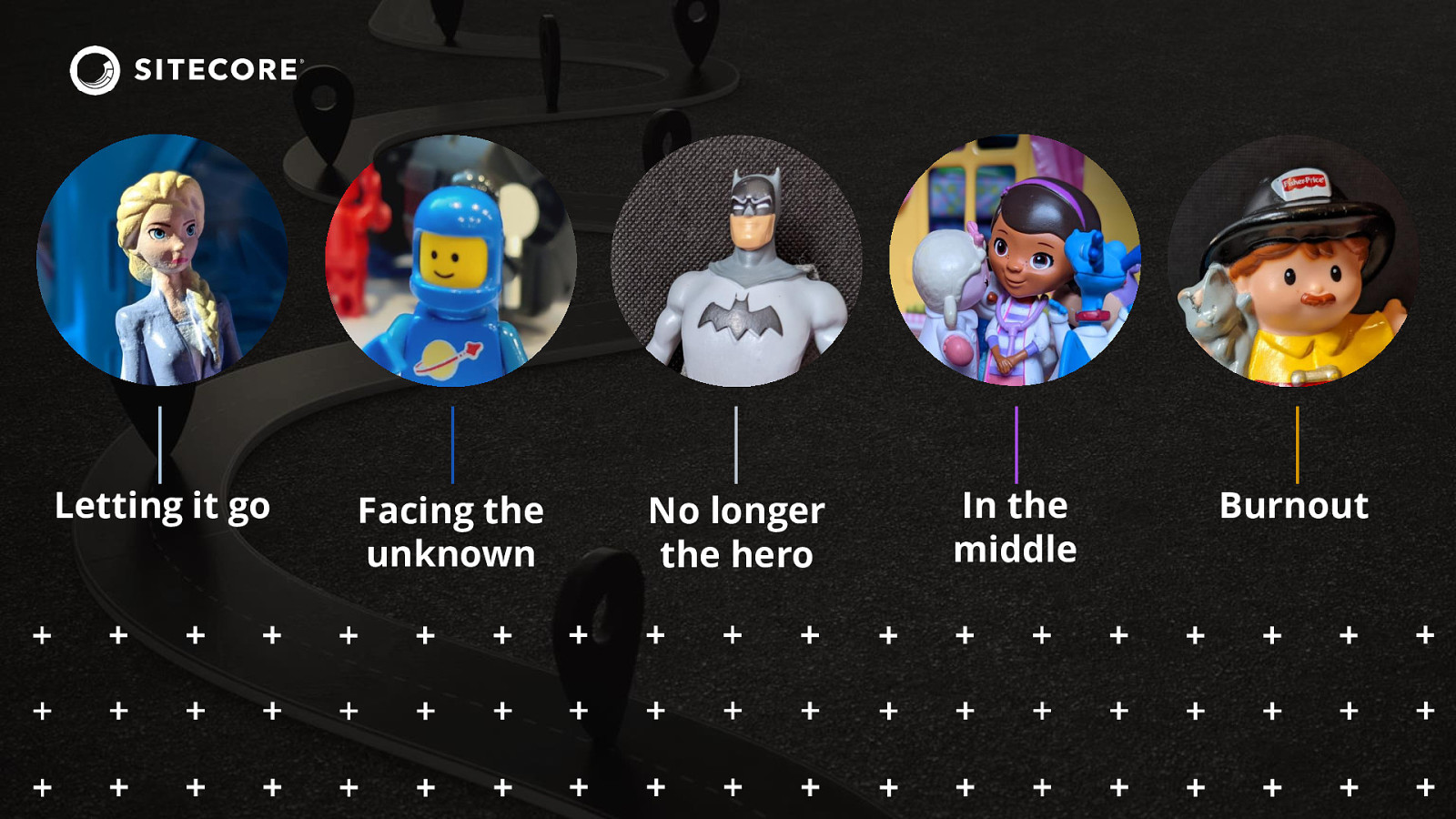Stepping up - Becoming a leader in your team
Welcome to Stepping up – Becoming a leader in your team When you first transition to go from member of the team to leading that same team, usually because you demonstrated some sort of expertise. Some sort of “leadership quality“, maybe. Others see it. Maybe you are really opinionated. Maybe you are really passionate about something you believe in. Maybe you’ve shown you can really work up and down the ladder and across departments. Whatever it is, people see that you have “it“. Now they want you to take this on.
Then your teammates start calling you “boss”.
But while you’re doing this, you’re finding it hard, to try to give away being the hero, building the thing, saving the day, being that expert. There’s a dopamine hit you get every time you push a task to done. And taking on strategic work, it could take months, it could take quarters, it could take years before you see success from your efforts. So it can be hard to let that go of that other side of the world.
My name is Jason St-Cyr, I lead the team of Tech Evangelists over at Sitecore. I want to talk to you about the times where I’ve had to go through this transition myself, and hopefully how you can learn from it.



























